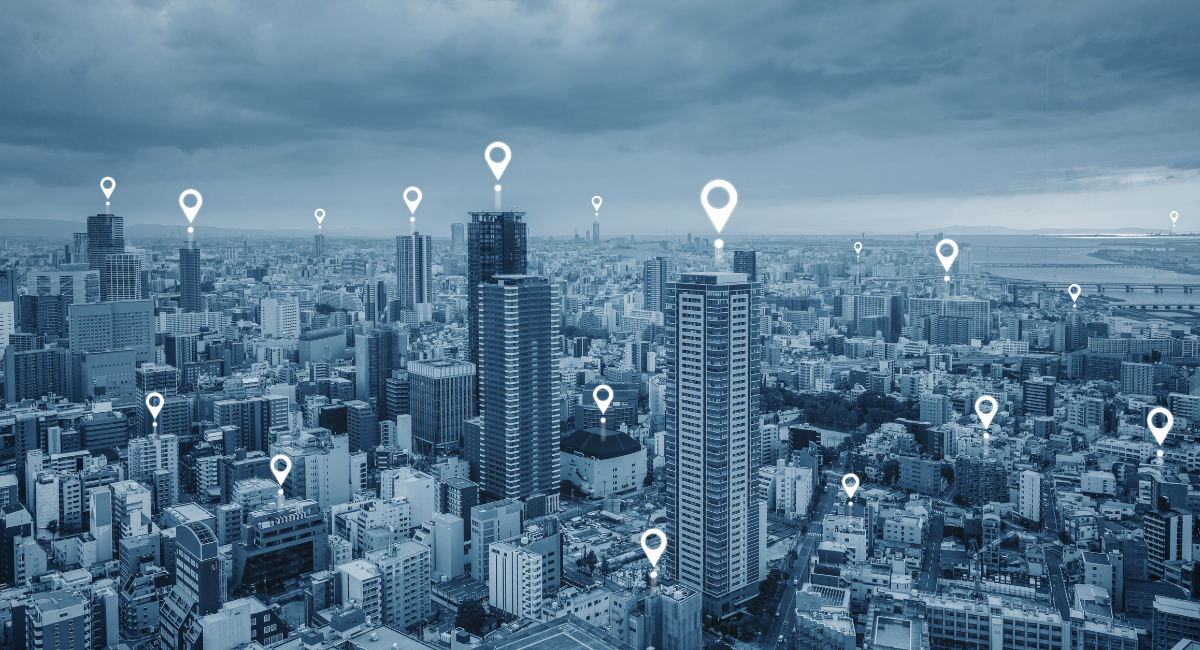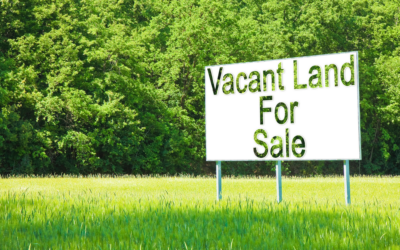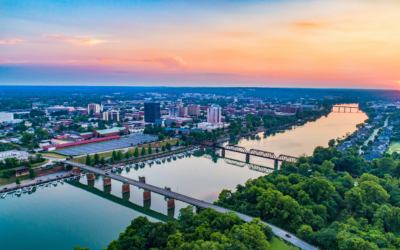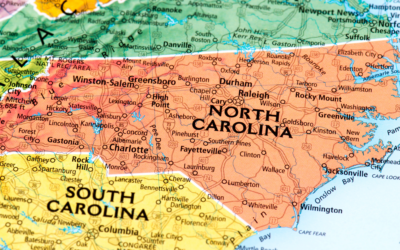The commercial real estate market has not been the same after the pandemic. The real estate sector is easily one of the top sectors most affected by the coronavirus.
Although many research forms expected that the coronavirus would leave just a slight blow on the real estate market, they are now starting to adjust their initial expectations as there will be more changes than expected.
Within only a few weeks, it is evident that the United States commercial real estate sector’s outlook has been utterly upended.
The CBRE, one of the largest commercial real estate services companies globally, has forecasted that the economy will start stabilizing only in the third quarter, and it will start recovering in the fourth quarter of 2021.
They have also reported that the United States is in recession regarding its GDP declines expected in the first and second quarter. However, the silver lining here is that the commercial real estate sector might grow at more than 5% in 2021 due to the high demand and the significant government stimulus.
While experts are still debating about the impact of the new eviction laws in the commercial real estate sector brought by the democratic government, it is safe to note that these changes are for the better, in the long run, if not immediately.
Besides, the commercial real estate recovery rates will vary based on the different real estate sectors. An average estimate is around 12 to 30 months, although some industries would recover much sooner than this, while some might take more than a year.
For example, the multifamily commercial real estate sector may take over 18 months to rebound fully and recover to its pre-crisis stage. And, sectors like retail, food, and beverage can be seen as facing a much more extended recovery period of up to 30 months.
On the other hand, categories like logistics and industrial might recover within 12 months. Thus, the recovery period will vary for you depending upon the sector where you have invested.
What about vacancy rates?
Concerning the vacancy rates, many experts believe that there is no quick recovery. Richard Barkham, the head of American Research and chief global economist, says, “It will take several years for vacancy rates to fall back to their pre-crisis levels.”
He is, however, hopeful about the overall industry’s recovery. In the context of US real estate recovery compared to China markets, he adds by saying,
“We already are seeing signs of recovery in China’s real estate market. Office leasing inquiries in China are on the uptick, site inspection volumes in Shanghai are back to 70% of pre outbreak levels, and demand from tech companies for office space has been resilient.”
Thus, in the long run, we can rest assured that the markets will pick up and might even get much better than what it used to be.
However, if we only look at the Commercial Real Estate sector in the short term, the overall scenario does not look very pretty. The CBRE foresees the unemployment rate rising to about 11% by the mid-year of 2021, registering a net loss of up to 14 million jobs.
This huge transition in the job economy will affect the commercial real estate sector adversely. The repricing asks for various commercial real estate properties that have been on the rise for many months now, reports CBRE.
A quick brief of how this would play out concerning different sectors is shown below.
#1 – The Hospitality Sector
Amongst the commercial real estate sector, one of the worst-hit sub-sectors is the hospitality sector. The CBRE had projected that hotel revenues would decline by an average of around 45% for 2020, followed by a very modest and slow recovery by the second half of 2020.
The same followed, and this trend is expected to continue in the coming year too. Almost all the hotels and restaurants would feel the pain. However, the hardest blows would be for the hotels in the gateway cities that have substantial tourism, with conventional business models.
It is also worth noting that thousands of hotels have shut down, and many of them have been converted into medical and quarantine facilities. With the second wave of the pandemic hitting the world, experts forecast that this trend will continue in the year 2021.
#2 – Commercial Office Spaces
The next worst-hit subsectors are the commercial office space. Office leasing has slowed down with the vacancy rates shooting high. In this economy, the office subleasing space is expected to come back to the real estate market very quickly, according to the CBRE reports.
The silver lining here is that the office properties and office using employment will remain relatively insulated compared to other commercial property types. Additionally, since there is less new office construction in this cycle, it will limit rental falls.
This is good news for anyone owning commercial office spaces. More severe impacts are foreseen only in markets that have a high concentration of oil and gas, along with travel and leisure jobs.
#3 – Logistics and Industrial properties
The logistics and industrial property sectors are likely to see a short-term slowdown in leasing and a moderate increase concerning vacancies due to large amounts of new construction, according to CBRE. This industry is more likely to see a long-term benefit due to the strong economic growth that we are witnessing today in the economy.
While most retailers focus more on inventory control in a post-covid-19 environment, the industrial and logistics sector is sure to boom in the coming years. Besides, the increase in e-commerce will lead to the consumption of more warehouse spaces for storage, and thus this is a sector that is highly likely to shine.
#4 – Retail Spaces
The retail industry has particularly taken a hard hit from covid-19 containment efforts. Resulting in thousands of nonessential store closures, the Covid-19 has most adversely hit the retail spaces sector.
The pandemic has also hit grocery and pharmacy – which are the only resilient sectors as customers shift to online eCommerce platforms even for essential goods and basic core products. This has led retailers seeking rent relief from their property owners.
Although each situation is unique in terms of a retailer’s lease, on a general note – it can be said that missed rent payments are likely to continue until the economy stabilizes again.
#5 – Multifamily properties
The multifamily properties are experiencing moderate deterioration concerning the property fundamentals. Renters need a place to live, but the present job losses in the economy and the resulting economic hardship have made it very challenging for many households to pay rent on time.
The new eviction laws brought into force by the democratic government are likely to cover such renters’ backs, but property owners are on the losing side. Until the pandemic stabilizes and the economy gets back to normal again, homeowners have to put up with the missed rents or deferred rents at the least.






